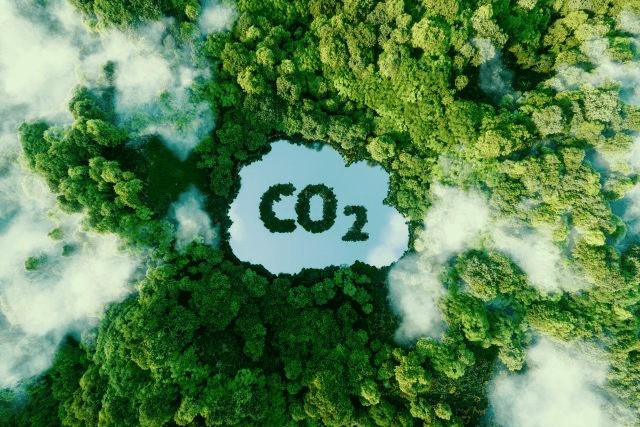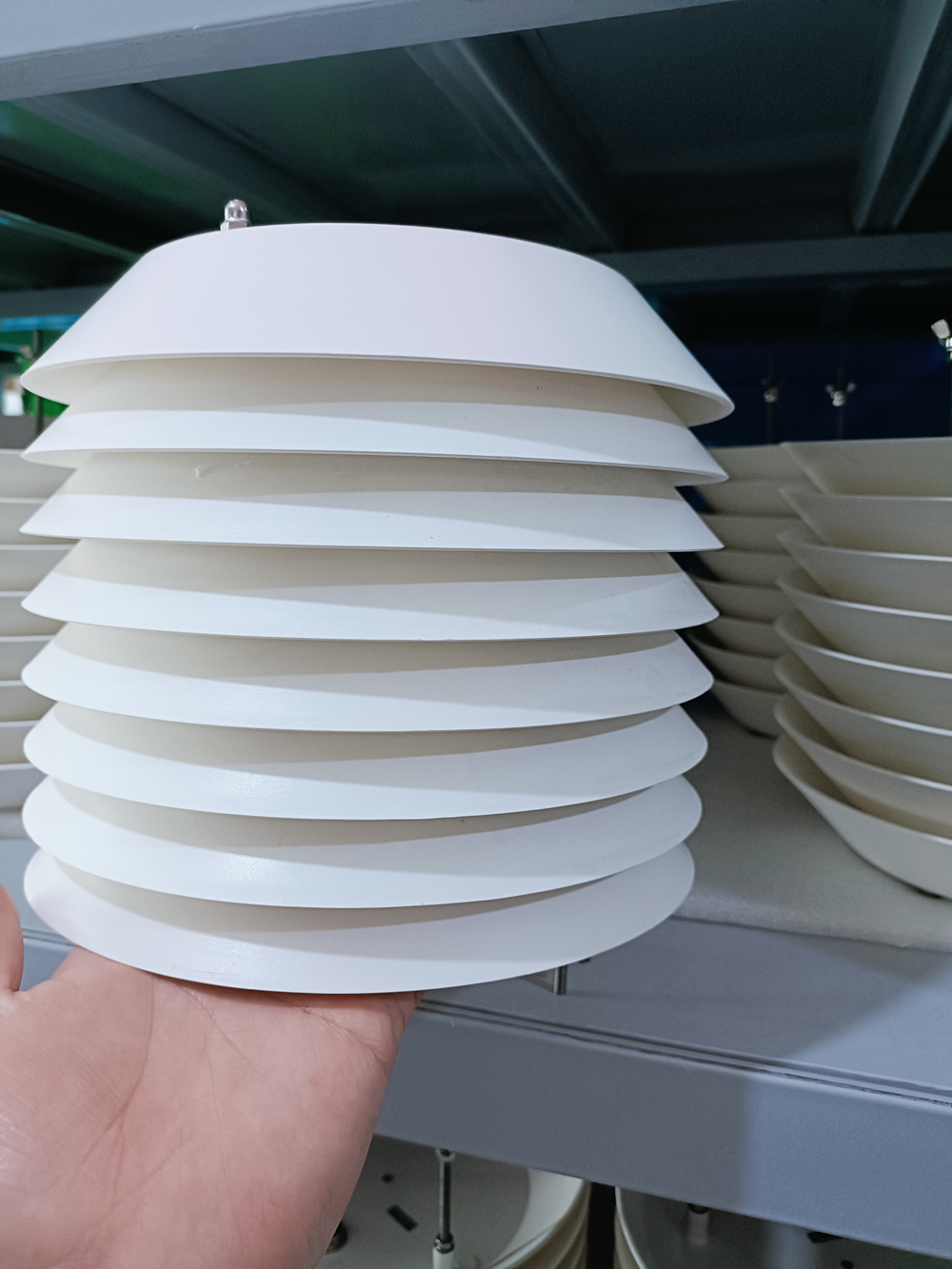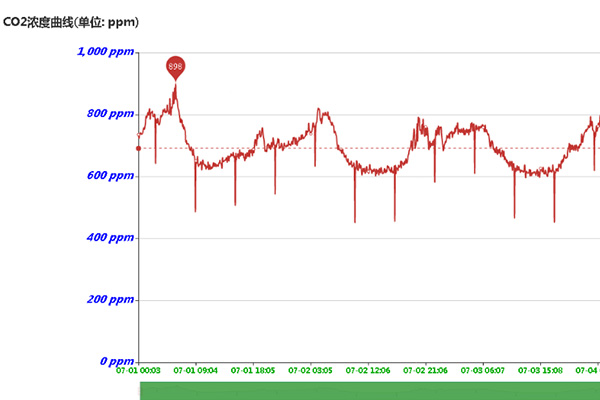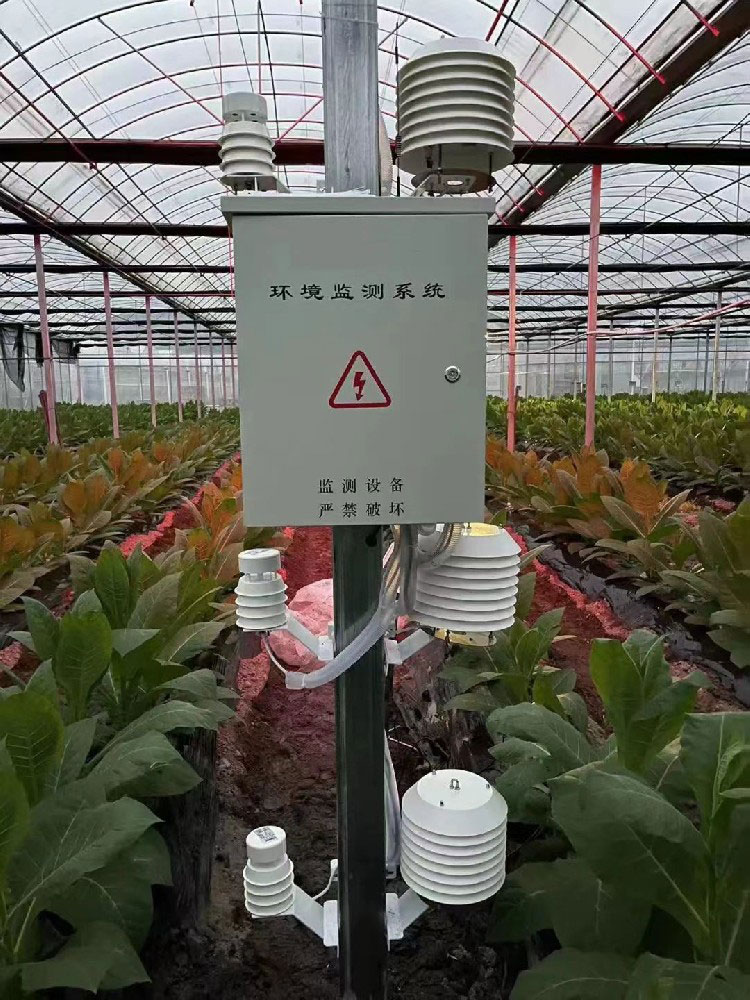

— Blogs —
—Products—
 Consumer hotline +8618073152920
Consumer hotline +8618073152920 WhatsApp:+8615367865107
Address:Room 102, District D, Houhu Industrial Park, Yuelu District, Changsha City, Hunan Province, China
Product knowledge
Time:2025-10-21 15:46:12 Popularity:434
A CO₂ sensor is a specialized device used to detect the concentration of carbon dioxide in the air in real time and convert the data into electrical signals for use by data loggers, cloud platforms, or greenhouse management systems. In greenhouses, CO₂ is a core substance for photosynthesis, and its concentration directly determines the growth rate and yield of crops. Through CO₂ sensors, managers can achieve precise regulation of CO₂ concentration in greenhouses, improving production efficiency.

Plants require CO₂ during the photosynthesis process. Insufficient CO₂ concentration will reduce the photosynthetic rate.
Sensors monitor CO₂ concentration in real time, ensuring plants receive the optimal environment.
Through precise CO₂ control, growth cycles can be shortened, and yield per unit area can be increased.
Controlling CO₂ concentration in the 800~1200 ppm range can increase yields of certain crops by 15%~30%.
It enhances the vibrant green color of leafy vegetables and improves sugar content and taste in fruiting vegetables, increasing market value.
CO₂ injection systems combined with sensor feedback only activate when concentrations are insufficient.
This avoids waste, reduces operating costs, and ensures greenhouse environmental stability.
CO₂ data can be linked with temperature and humidity, light, soil moisture, and wind speed sensors.
The system can achieve automated ventilation, CO₂ addition, shading, and irrigation control based on comprehensive environmental parameters.
Excessively high CO₂ concentrations may pose health risks to staff.
Sensors can set threshold alarms to trigger ventilation or adjust CO₂ injection systems.
Utilizes the principle of CO₂ absorbing infrared light for measurement.
High accuracy, fast response, strong anti-interference capability— the preferred choice for greenhouses.
Produces current signals through the reaction of CO₂ with electrodes.
Suitable for small greenhouses or auxiliary monitoring, but with slightly lower long-term stability.
Measures CO₂ concentration through photoacoustic effects or optical interference.
Extremely high accuracy, optional for research or high-end greenhouses, but with higher costs.
| Crop Category | Optimal CO₂ Concentration (ppm) | Photosynthesis Response |
| Leafy Vegetables | 800~1000 | Rapid growth, vibrant leaf color |
| Fruiting Vegetables | 900~1200 | Increased fruit sugar content, higher yield |
| Flowers | 800~1100 | Vibrant flower colors, uniform blooming |
| Greenhouse Vegetables | 850~1150 | Shortened growth cycle, improved quality |
Note: Concentrations should be adjusted appropriately based on growth stage and light intensity to avoid waste or risks from excessive levels.

- Installation Location: At the center of the greenhouse or crop canopy height, avoiding areas near vents to prevent measurement errors.
- Calibration Cycle: Recommended every 6~12 months to ensure accuracy.
- Cleaning and Maintenance: Regularly clean the sensor to prevent dust or moisture interference.
- Integration with Other Sensors: Combine with temperature and humidity, light, and soil sensors for comprehensive environmental control.
Continuously collect and store CO₂ data in data loggers or cloud platforms.
Supports remote access, trend analysis, and intelligent decision-making.
Thresholds can be set for automatic ventilation and CO₂ injection control.
Historical data analysis optimizes CO₂ regulation strategies, improving yield and energy efficiency.

- Initial Investment: Sensors, data loggers, and installation costs.
- Long-Term Benefits: Yield increases, quality improvements, and savings on CO₂ and energy.
- Return Period: Typically 1~2 years to recover investment through yield and energy savings.
- Maintenance Costs: Low; regular calibration and cleaning suffice.
Future Trends and Intelligent Greenhouse Upgrades
Predict CO₂ injection needs based on light, temperature and humidity, and crop stages for precise management.
Unmanned Greenhouses and Robotic Management
CO₂ data can directly drive robots to perform ventilation, spraying, and CO₂ injection operations.
Integrate CO₂ data with temperature and humidity, light, and soil data to generate comprehensive intelligent reports, providing scientific basis for farm decisions.

Nearly all greenhouse crops, especially leafy vegetables, fruiting vegetables, flowers, and greenhouse vegetables.
800~1200 ppm, adjusted based on crop type and growth stage.
Networking is recommended for real-time remote monitoring and data analysis.
Use industrial-grade NDIR sensors, calibrate regularly, and avoid high-humidity or dusty environments.
The system can automatically trigger ventilation or exhaust devices to ensure safety.
3~5 years for industrial-grade models.
Yes, it supports intelligent control of CO₂ injection, ventilation, shading, and irrigation systems.
Moderate for small to medium greenhouses, with long-term benefits significantly outweighing the investment.
Cloud platforms or data loggers can generate charts, reports, and trend analyses.
Recommended to place 2~3 or more sensors to ensure data representativeness and uniform control.
High light + appropriate CO₂ → Enhanced photosynthesis
High humidity + high CO₂ → Increased pest and disease risk
Sensor systems enable multi-parameter linkage for automatic regulation.
NiuBoL provides high-precision CO₂ sensors and intelligent greenhouse management systems:
Industrial-grade NDIR sensors with high accuracy, fast response, support for multi-sensor linkage, achieving automated environmental management; long lifespan, weather-resistant, waterproof and dustproof; cloud platform supports real-time remote monitoring and historical data analysis; offers professional technical support and customized solutions.
CO₂ sensors are indispensable core equipment in greenhouses:
They monitor CO₂ concentration in real time, enhance photosynthesis efficiency, optimize crop yield and quality, and save energy and CO₂ costs.
They enable multi-parameter linkage intelligent control, support remote monitoring and historical data analysis.
By selecting high-precision, stable, and durable CO₂ sensors combined with temperature/humidity, light, and other environmental sensors, greenhouse managers can achieve comprehensive intelligent management, improving economic benefits and production efficiency. Precise greenhouse management starts with reliable CO₂ control—choose NiuBoL CO₂ sensors for high yields and efficiency.
NBL-W-CO2-Carbon-Dioxide-Sensor-Instruction-Manual-2000ppm.pdf
NBL-W-CO2 Carbon-Dioxide-Sensor-Instruction-Manual-5000ppm.pdf
NBL-W-THPLC-5in1-Temperature-Humidity-Pressure-Illumination-CO2-Sensor-data-sheet.pdf
Related recommendations
Sensors & Weather Stations Catalog
Agriculture Sensors and Weather Stations Catalog-NiuBoL.pdf
Weather Stations Catalog-NiuBoL.pdf
Related products
 Combined air temperature and relative humidity sensor
Combined air temperature and relative humidity sensor Soil Moisture Temperature sensor for irrigation
Soil Moisture Temperature sensor for irrigation Soil pH sensor RS485 soil Testing instrument soil ph meter for agriculture
Soil pH sensor RS485 soil Testing instrument soil ph meter for agriculture Wind Speed sensor Output Modbus/RS485/Analog/0-5V/4-20mA
Wind Speed sensor Output Modbus/RS485/Analog/0-5V/4-20mA Tipping bucket rain gauge for weather monitoring auto rainfall sensor RS485/Outdoor/stainless steel
Tipping bucket rain gauge for weather monitoring auto rainfall sensor RS485/Outdoor/stainless steel Pyranometer Solar Radiation Sensor 4-20mA/RS485
Pyranometer Solar Radiation Sensor 4-20mA/RS485
Screenshot, WhatsApp to identify the QR code
WhatsApp number:+8615367865107
(Click on WhatsApp to copy and add friends)
